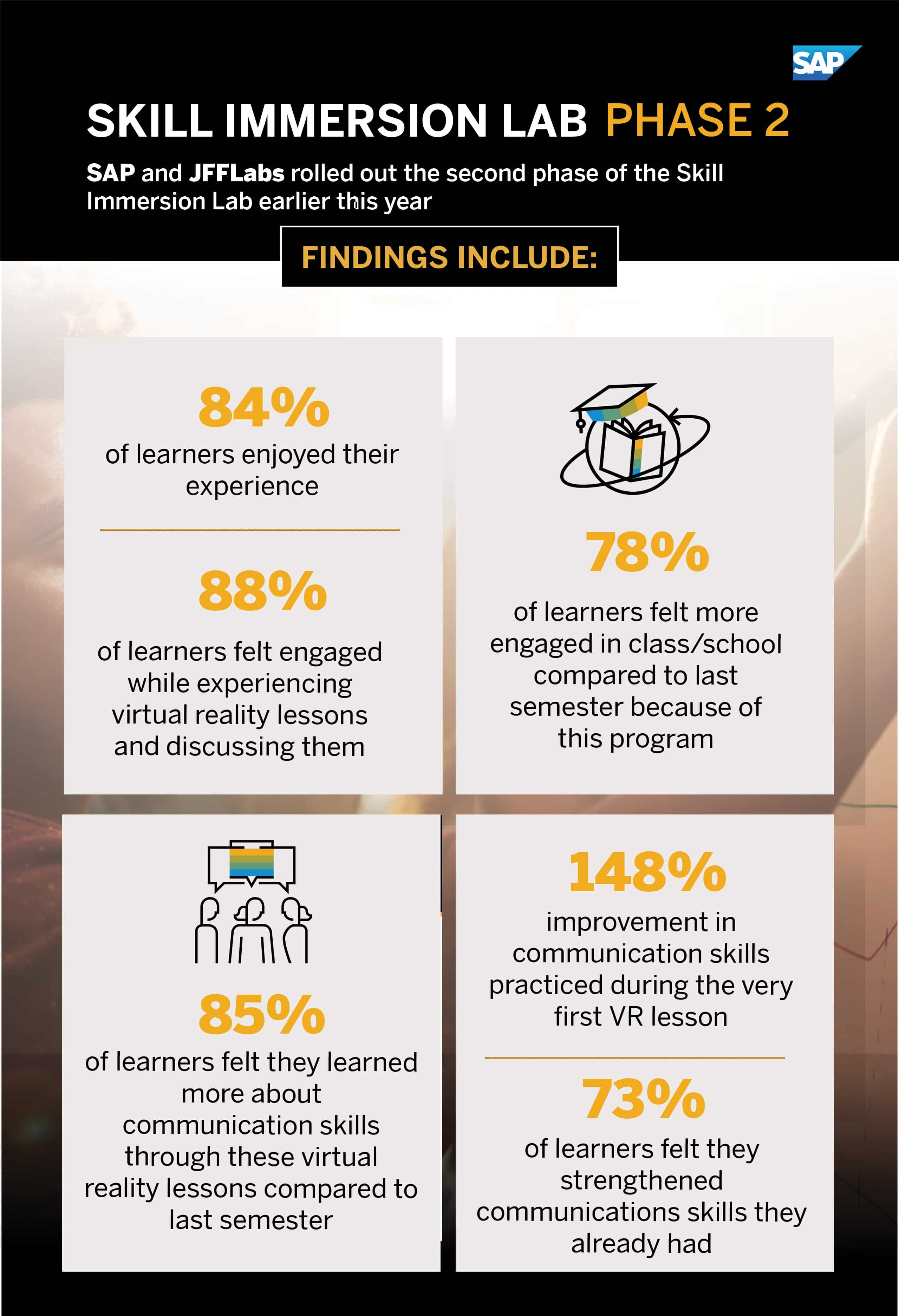Many of us in the U.S. have seen the concerning headlines over the last few months: The country is facing a teacher shortage, in addition to low job satisfaction in the profession.
I’ve seen this in my own community. Parents like me are feeling nervous about education given the last few years of inconsistency. Our educators are also feeling that and other burdens. It seems like instead of getting lighter, in a post-COVID world, this weight is getting heavier.
A study by the National Center for Education Statistics earlier this year found that 44% of public schools reported either a full- or part-time vacancy. Meanwhile, survey results released this September by the Institute of Education Sciences found that 53% of elementary to high school public schools felt understaffed entering this school year.
Teacher burnout is another issue. A 2022 Gallup Panel Workforce Study found that K-12 workers’ rates of burnout was higher than all other industries across the country, outpacing even healthcare and law. According to a 2022 Merrimack College Teacher Survey, only slightly more than half of teachers are satisfied with their jobs, and only 12% are very satisfied, which compares to 39% 10 years ago.
Research also paints a concerning picture of the pandemic’s impact on students. One large study, using data from 5.4 million U.S students in grades three to eight, found a “sizeable drop” in reading and math test scores. The authors note that the math dip is larger than the estimated impact from other school disruptions, like Hurricane Katrina.
Is New Technology a Tool to Improve Engagement and Teacher Satisfaction?
Technology has played an increasing role in education. It has kept it afloat in many ways, but has it made it better? I believe that there are new technologies that may be able to help classrooms improve.
Case in point is a NewSchools Venture Fund/Gallup study, which found a strong association between the quality of digital learning tools and student outcomes. Put differently, the higher the quality of the technology, the stronger the connection to better student outcomes.
The Skill Immersion Lab

SAP, in partnership with JFFLabs, a unit of national education nonprofit JFF, and spatial computing company Talespin, launched the Skill Immersion Lab in 2021. The program utilizes virtual reality (VR) headsets and top-notch immersive learning modules to train students in essential skills, like communication, problem solving and leadership.
Last year, we found that the program increased learner confidence, improved their ability to express ideas, and improved empathetic communication, among other findings. Key, and especially relevant today, in the Skill Immersion Lab, educators are freed up to better support student learning. This puts educators in a different role of guiding and supporting learners instead of being responsible for the design and implementation of classroom activities.
This year we rolled out the program at two new sites. Our results confirmed the findings from last year: The vast majority of students who participated in the program were significantly more satisfied with their education experiences, felt an increased sense of belonging, were engaged more with their work, and improved their communication skills.
In the words of Michelle, an educator from Arizona, “That’s what educators dream. Students owning their education, their skills, their abilities, and really understanding that they’re capable of so much more.”
Jalen, an educator from Ohio, said, “I felt like [the Skill Immersion Lab] opened my eyes to a new side of educational tools. There’s books and Googles and YouTube videos, but sometimes engagement is the hardest part with kids. So something like this technology, it meets that engagement tenfold, at least gets them started and ready for something interesting….”
Breaking Down Year Two Outcomes
From the outset of the program, we saw impressive results. For instance, there was a 148% improvement in communication skills practiced during the very first VR lesson that learners completed.
Looking holistically at the program, 85% of students who completed the program felt they learned more about communication skills through these virtual reality lessons. Eighty eight percent of students felt engaged while experiencing and discussing virtual reality lessons, and 84% enjoyed their experience in the program.
As a senior from Arizona put it, “We’re learning skills without even knowing that we’re learning skills. I think that’s a better way of learning.”
When students are happy, engaged, and passionate about their learning experience, everyone, especially teachers, reap the rewards.
One learner said, “I feel like it was a little more engaging than a classroom setting would be, as I get to experience what an actual interaction would be like.”
With time, our goals for the Skill Immersion Lab have evolved: To help change students’ relationships with education to foster greater engagement and enjoyment. As Michelle said, “Students are engaged in their learning, they’re taking ownership of their learning.”
Jalen also noted that he thinks “the students got a new perspective on education” and that it “made teaching a lot more interesting for me.”
One unintended outcome from Skill Immersion Lab we’re seeing is that this type of learning increases a student’s sense of belonging. Another longtime time partner, 100kin10, has also completed important work on the importance of belonging in the classroom. They found that the feeling of belonging was the most important predictor of whether a student persevered in STEM education.
In terms of our future with Skill Immersion Lab, Priya Chowdhary, Skill Immersion Lab program lead at JFFLabs, sums this up best: “We look to scale this program in close collaboration with learners and educators themselves. They are at the center of this process and JFF together with SAP will continue to look to them as experts as we build a future of immersive learning that is equitable, effective, and engaging for all.”
Katie Booth is head of SAP North America Corporate Social Responsibility.



